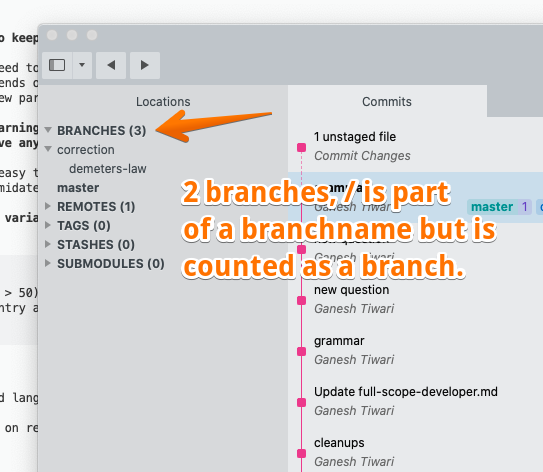

First adhere the applique to the base fabric with fusible web. Raw edge applique is one of the simplest ways to do machine applique, providing an organic appearance. When stitching wider trims or those that tend to shift on top of the fabric while sewing, it can be helpful to use a fusible basting tape to hold it in place. To attach a ribbon or trim, set the machine for straight stitch. Sew the desired number of "rows" around the design to create interesting texture.Īttach ribbons and trims to embellish fabrics. The thread color can either match the fabric, or it can be a contrast color, depending on the look you want. This is done by following around the shape of an applique, a design printed in the fabric itself, or perhaps even an embroidery on the fabric. Use an Even Feed / Walking Foot (optional accessory for some machine models), which will help prevent the quilt layers from shifting as you sew.Įcho quilting is sometimes called 'outline quilting'. For more information on thread painting and free-motion sewing, see this video.Ĭreate dimension in quilt layers by sewing several rows of stitches spaced apart. Move the layers together manually as you stitch. Place stabilizer or batting underneath the fabric. Attach the Darning / Embroidery Foot (may be optional accessory for some machine models). Remove the presser foot and presser foot holder.
#Macstitch merge duplicate threads manual
To set the machine for thread painting, first disengage or cover the machine's feed teeth (see your machine's manual for details). Multiple thread colors can be layered to create colorful images. Thread painting is a type of free-motion sewing. For more information on free-motion sewing, see this video. Move the fabric layers together manually as you stitch. To set the machine for free-motion quilting, first disengage or cover the machine's feed teeth (see your machine's manual for details). It can be helpful to draw stitch guidelines on the fabric with a removable fabric marking tool, but make sure to use a fabric marker that is appropriate for the type of fabric being sewn.įree-motion quilting means stitching together a backing fabric, batting, and top fabric, and the straight stitch is used to sew decorative designs as the layers are quilted together. Experiment with various thread types to create your own unique design. The basic straight stitch can be used to embellish fabrics. When satisfied with fit, adjust the stitch length setting as needed for the project, and be sure to put the upper thread tension back to its original position. Sew the row of basting stitches, and check the fit of the garment. It is helpful to also slightly reduce the upper thread tension as well (this makes it easier to remove the temporary basting stitches later). To set the machine for basting, select straight stitch with the longest stitch length setting. Sew approximately 1/8" from the edge of the fabric.īasting stitches are used to temporarily hold fabrics together, for example, when you want to check the fit of a garment before sewing the actual seam. A Topstitching Needle has a longer eye to accommodate thicker threads, such as topstitching thread which gives the stitches a bolder look.Įdge-Stitching can be used to add stability to projects like tote bags, or it can be used simply as a decorative embellishment. Sew 1/4" - 3/8" from the edge of the fabric. Use a SINGER Topstitching Needle, size 90/14 for medium weight fabrics, or a SINGER Topstitching needle, size 100/16 for heavier fabrics. Set the machine for straight stitch, with a stitch length of 3 to 3.5mm.

Topstitching is a line of straight stitching on the outside of a garment or project, usually as a decorative embellishment. After sewing, press seams toward the darker of the two fabrics, to help prevent the seam allowance from being visible on the top side of the quilt. It is helpful to use a Quarter Inch Foot (may be optional purchase for some machine models). Quilt piecing is done using a 1/4" seam allowance. Line up the raw edges of the fabric with the desired seam allowance guideline to sew a seam.
#Macstitch merge duplicate threads series
The machine needle plate has a series of etched markings to the right of the presser foot which serve as guidelines for various widths of seam allowances when sewing with the needle in center position. The most common use for the straight stitch is for joining fabrics together with a seam. The Straight Stitch can also be sewn a few stitches in reverse at the beginning and end of a seam to secure the seam ends. The most common use for a straight stitch is to sew two pieces of fabric together. The Straight Stitch is the basic stitch that is used for sewing.


 0 kommentar(er)
0 kommentar(er)
